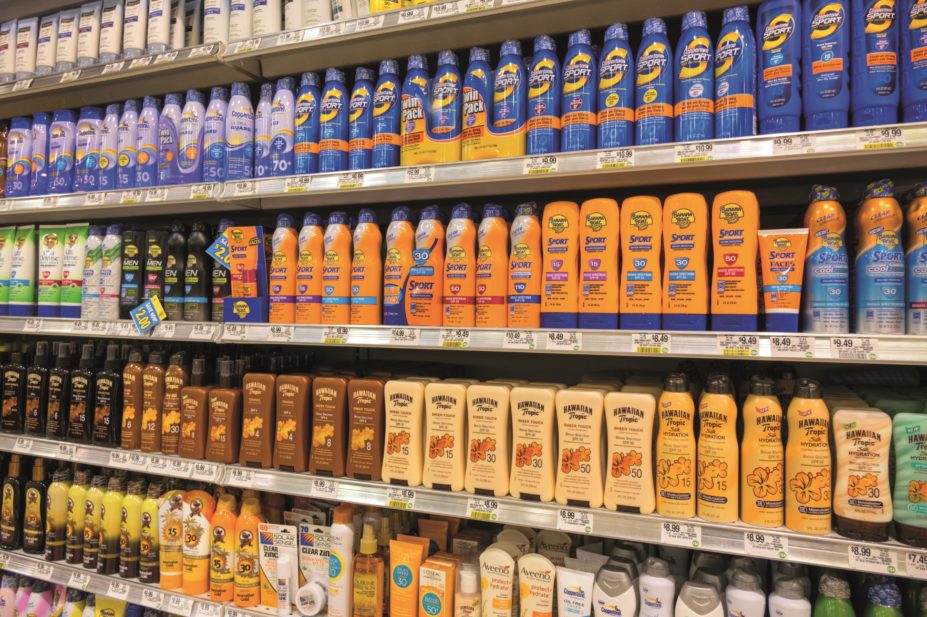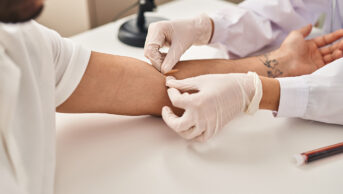
Jeff Greenberg / Alamy
Many people are confused by protection ratings on sunscreen and all manufacturers should adopt a single straightforward labelling system, says the Royal Pharmaceutical Society (RPS).
A single uniform rating for the level of sun protection provided by these products would help pharmacists give easy-to-understand advice on their effectiveness and use, the Society says.
Only 8% of 2,057 adults surveyed by YouGov for the Society understood that the “sun protection factor” (SPF) rating on sunscreen refers to UVB radiation only and not UVA, which is denoted by a separate ‘star’ rating. Both UVA and UVB can cause skin cancer.
A total of 56% believed SPF indicated protection against both types of radiation, and 25% did not know what the rating meant. Just 31% of those surveyed always check the UVA star rating when purchasing sunscreen.
“This survey indicates that there is a huge amount of confusion around sunscreen labelling that is a barrier to effective sun protection,” says RPS chief scientist Jayne Lawrence.
“People should not have to pick their way through complicated dual ratings information to understand how sunscreen works and the amount of protection it potentially provides. We think it’s time for sunscreen manufacturers to provide one easy to understand rating, based on a simple description of the total amount of sun protection offered: low, medium, high and very high protection.”
Less than half of people surveyed (44%) said they often or always use sunscreen when out in the sun.
Higher SPF and star ratings provide greater sun protection, and experts suggest reapplying sunscreen every two hours when out in the sun.

